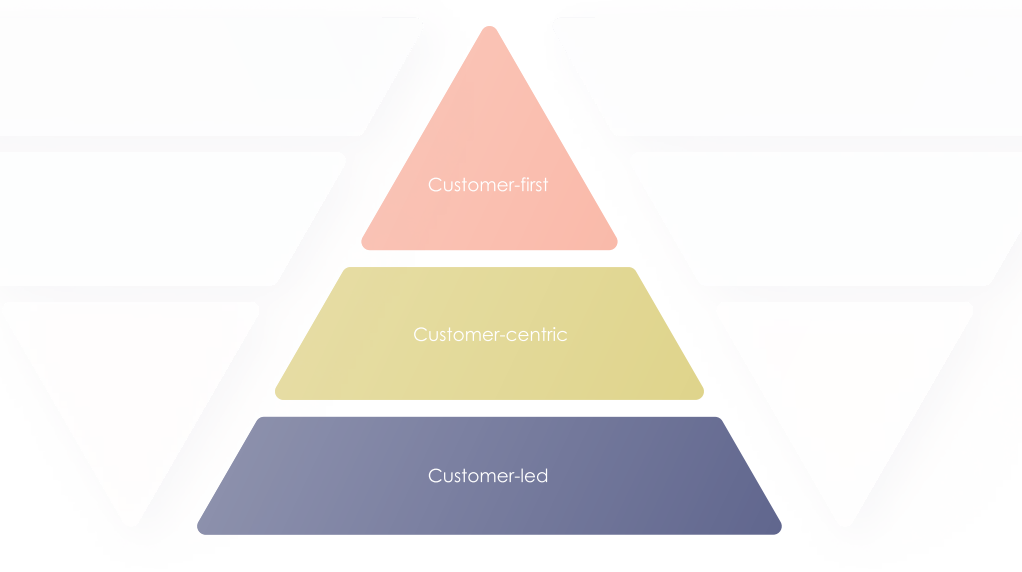Unveiling the path to data-driven customer marketing nirvana
In the world of modern marketing, the adoption of a customer-first strategy is a paramount goal for businesses. It goes beyond being a mere buzzword and instead signifies a fundamental change in how brands interact, engage, and resonate with their target market. The paradigm has shifted from merely attracting and retaining customers to a more profound focus on understanding and fulfilling their wants.
In our most recent report, The State of Customer Data, we shed light on the concerns that keep senior marketing and CRM professionals awake at night by diving deep into their customer marketing journey. Our study aims to help marketers understand and identify the ever-changing landscape of customer data, enabling them to overcome common challenges. Overall, the report is a great tool for benchmarking your team’s performance and sophistication, giving you a better understanding of how your brand stacks up in the market.
As brand promiscuity becomes increasingly commonplace, achieving and managing long-term customer loyalty is no easy feat. We believe for brands to keep customers coming back, they need to rethink their marketing strategies. And this all stems from data…
But what has been the catalyst behind the heightened focus on the customer recently? To answer this, let’s go back in time and look at the evolution of customer marketing, tracing the journey from customer-led to customer-centric, ultimately arriving at the concept of “customer-first” – a nirvana state in data-driven customer marketing.
The evolutionary shift
Initially, businesses were predominantly customer-led, concentrating efforts on attracting and retaining customers at all costs. The emphasis was on bringing customers through the door, building loyalty, and ensuring their retention. This era marked the birth of the concept of “relevancy” in customer marketing – tailoring strategies to suit customer preferences. Spoiler alert: some brands are still here.
As brands delved deeper into understanding their customers, a transformation occurred. Customer-led approaches evolved into more customer-centric strategies. This phase witnessed a shift, where responding to customer needs became pivotal. Understanding and meeting these needs were at the core of brand strategies.

The emergence of customer-first
The pinnacle of this evolution led to the emergence of the “customer-first” approach. Here, businesses develop propositions and deliver experiences entirely rooted in understanding and addressing customer needs. It’s more than just understanding; it’s about responding with precision.
Many businesses have historically been product-led. However, the transition to customer-first strategies signifies a fundamental change. Brands started seeking innovative ways to enhance customer experiences, diving deep into personalisation. Sectors such as retail, travel, and dining have embraced this shift, aiming to foster loyalty by delivering precisely what the customer desires, when and where they desire it.
What are the benefits of a customer-first approach?
As custodians of customer data, CRM and marketing teams play a central role in sharing insights across departments that enable teams to identify opportunities for exceptional customer experiences. By adopting a customer-first mindset, a variety of important goals can be achieved for the customer team, such as making data available to all stakeholders, driving data-driven decision-making across departments, establishing a cohesive marketing team focused on key customer performance metrics, personalising customer experiences across multiple channels, implementing effective diagnostics and measurement methods, and improving the ability to turn insights into actionable strategies quickly. Taken together, these goals are intended to improve customer understanding, promote informed decision-making, and strengthen the company’s flexibility and responsiveness to market dynamics.
At its core, a customer-first strategy puts the customer at the centre of all business and marketing decisions rather than being led by product or business vertical requirements. A customer-first strategy requires strong customer reporting, customer-focused KPIs and advanced personalisation and targeting capabilities.
The journey towards a customer-first mindset is transformative. It is encouraging to note that in our survey, all respondents indicated that a customer-centric mindset is a priority for them, with 36% of them expressing the belief that it will take them about 4-5 years to internalise a truly customer-centric mindset fully.
To achieve this, brands need easy access to data and need to leverage their extensive customer data. With only 42.76% using customer data to inform customer experience initiatives, 32.41% for store design, experience and location decisions, and 27.59% for pricing decisions, we can see there is still a long way to go – but with the right people, processes and technology in place, brands can quickly achieve a customer-first mindset. It takes a commitment to placing the customer at the heart of every decision, uniting teams, and leveraging data to achieve unparalleled personalisation and customer satisfaction. Overall, with this report, you will gain a fresh perspective on the new customer marketing landscape and effectively navigate the road to customer nirvana.
Blog posts

Using Real Time Personalised Content for Customer Retention
As personalisation moves from a nice-to-have to a growth driver, real-time content has become essential for keeping customers engaged. This article explores…

CDP vs. CRM in 2025: Choosing the Right Customer Data Management Tool
With evolving tech and tighter marketing demands, understanding the roles of CRMs and CDPs has never been more critical. This guide breaks down the key…

From Execution to Influence: The CRM Shift That Starts with One Small Step
CRM teams are full of strategic potential. This series recap shows how ten small shifts – from insight to influence – can help CRM earn trust, drive value,…

Measure What Matters: From Campaign Lift to Long-Term Customer Impact
CRM teams won’t earn strategic influence with click rates alone. To drive investment and impact, reporting must shift from campaign metrics to customer…

Lead the Brief: How CRM Becomes a Strategic Voice in Trading Decisions
CRM teams often arrive too late to shape strategy. Showing up with live insight repositions CRM as an contributor to commercial planning , not just the…

Connect the Journey: Building Real Omnichannel Intelligence
Disconnected journeys limit CRM’s impact. When CRM connects cross-channel behaviour into a clear customer view, it drives smarter personalisation,…

